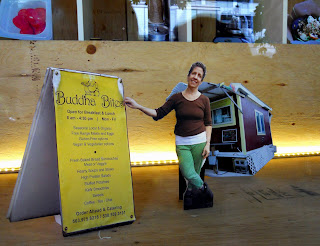 |
Columbia Lake, British Columbia, source of the Columbia River © Diane B. Reed |
 |
© Diane B. Reed |
The Columbia River, which forms the western boundary of Walla Walla County, is an impressive waterway by the time the Walla Walla River spills into it at Wallula Gap. The river is born at Columbia Lake near Canal Flats, British Columbia and wanders through that province for many miles before it becomes the river we know and love. The lake that is considered the primary source of the river is nestled against the Rocky Mountains, fed by glacial runoff and springs. At Canal Flats (named for a thwarted attempt to link the Columbia and the Kootenay Rivers), a 1.2 mile glacial berm separates the two rivers. From there the Columbia runs north for several hundred miles before turning south, and the Kootenay River heads south, dipping into the US before turning back north into Canada and joining the Columbia at Castlegar BC.
 |
Columbia River wetlands near Spillimacheen BC © Diane B. Reed |
 |
Ferry, Upper Arrow Lake BC © Diane B. Reed |
 |
SS Moyie at Kaslo BC on Kootenay Lake © Diane B. Reed |
In the meantime, the Kootenay River is making its way north from the US until it flows into Kootenay Lake, nestled between the Selkirk Mountains to the west and the Purcell Mountains to the east. This mountain-rimmed lake was an important transportation route for towns like Nelson and Kaslo BC. The SS Moyie in Kaslo is the world's oldest intact passenger sternwheeler, now hauled out on a crib and open to the public.
After long and convoluted journeys from Canal Flats, the Columbia and Kootenay Rivers finally meet at Castlegar and head our way.











